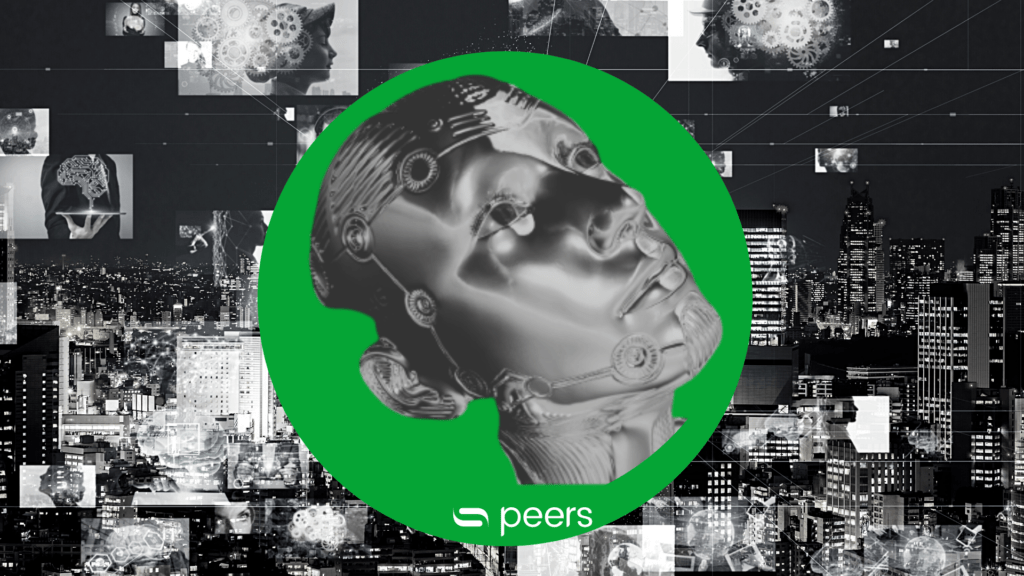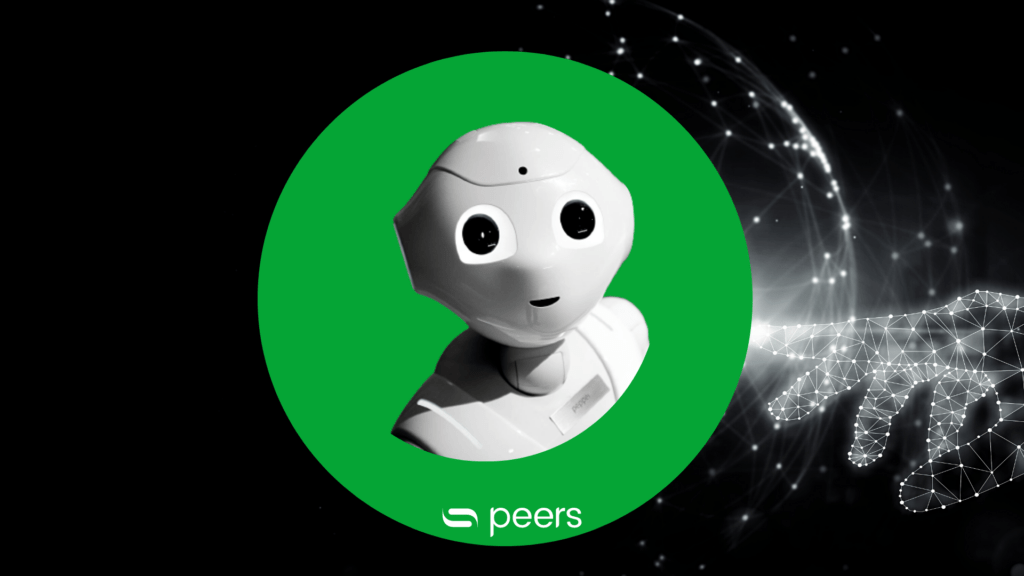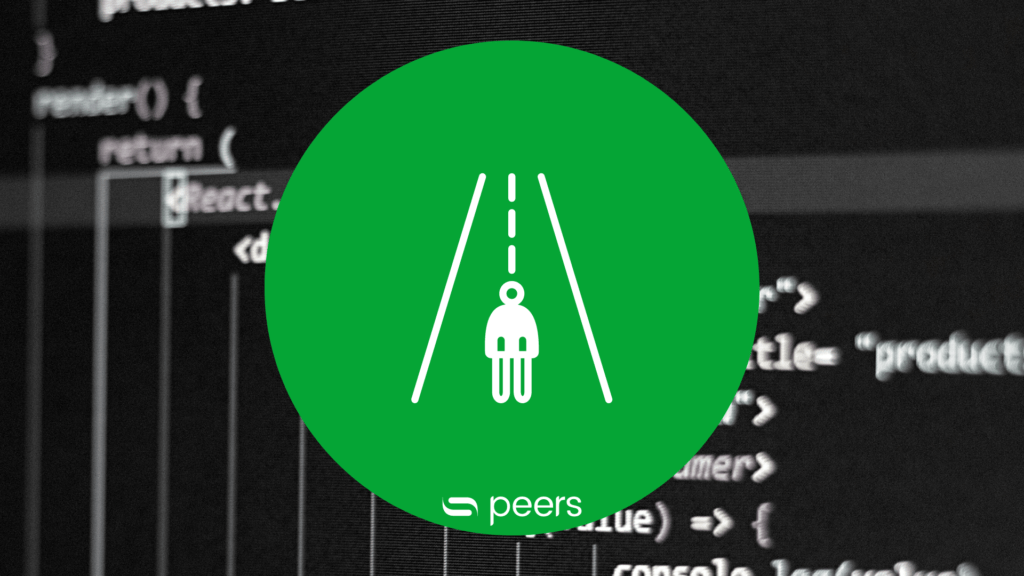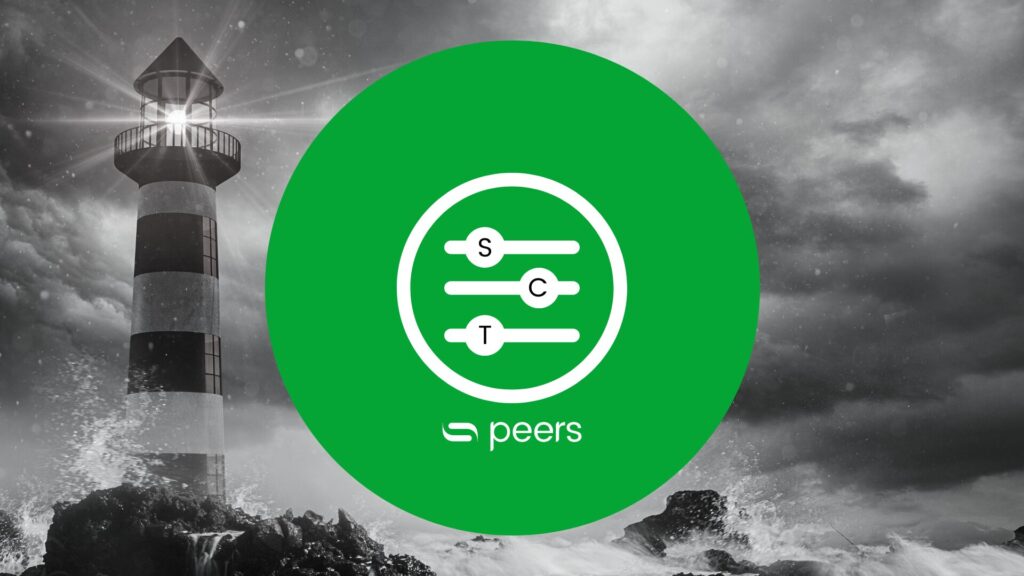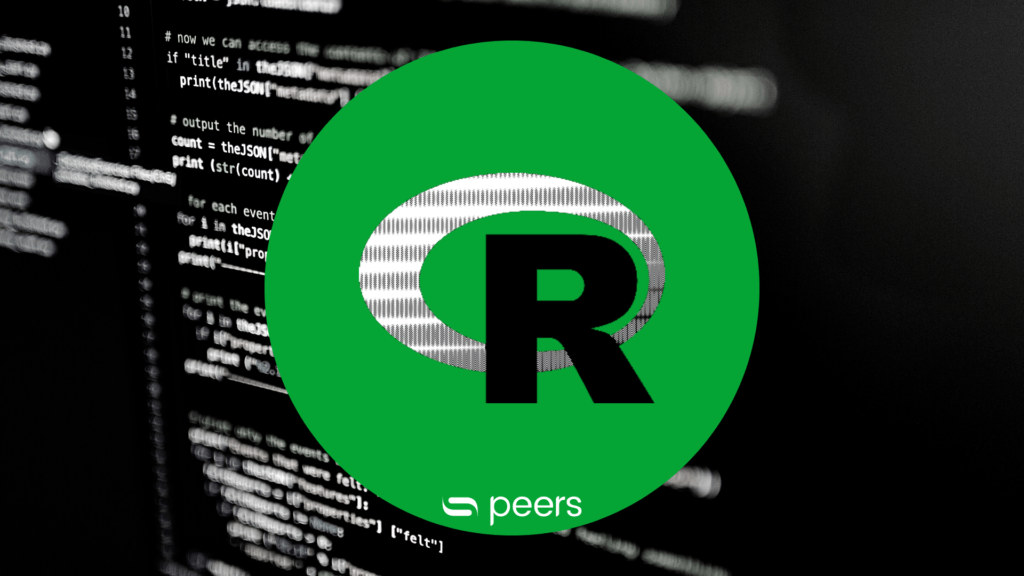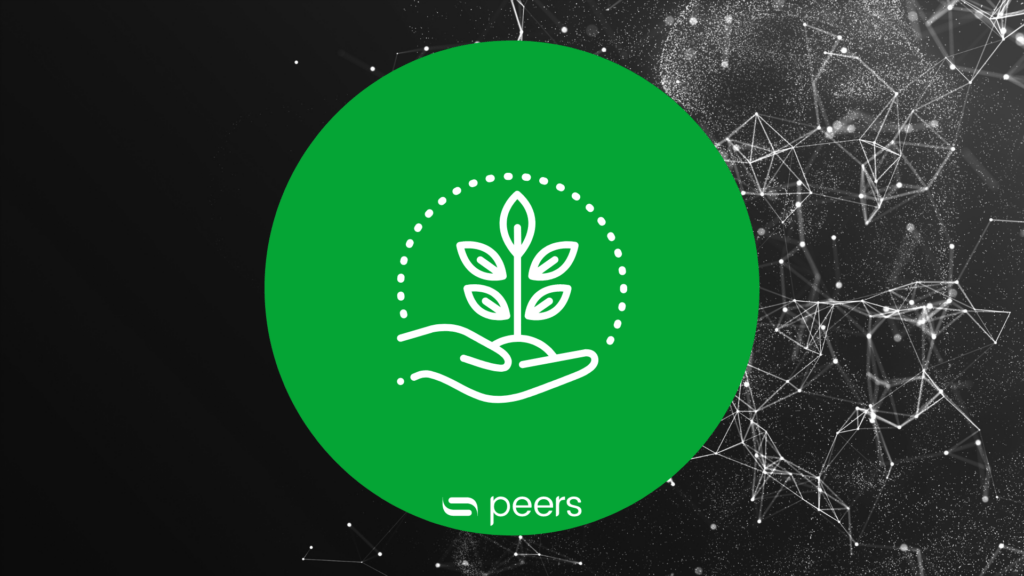Digitisation of handwritten forms
- Data Science
- data, datastore, digitalisation
- 2 min reading time

Dr. Stefan Lieder
Why digitise forms?
In processes that receive high-frequency and thus large amounts of information from users, paper forms are still frequently used today. In these situations, it is a hindrance to enter the required information in an input mask on a computer or tablet - a handwritten form is then better suited to ensure the large throughput.
Nevertheless, the data from the forms are needed in digital form in order to fill databases with them; this for two reasons: On the one hand, the data set of interest can be found very quickly later on, and on the other hand, it is more space- and cost-saving than physically archiving the documents in a warehouse.
Example of handwritten forms
An example of this is quality control in industrial production, where quality measurements of millions of parts per year have to be taken in order to ensure the traceability of components in the event of complaints, for example.
Advantages of digitising handwritten forms compared to digital forms
An alternative to handwritten forms are digital forms, where the user directly enters the information into a digital format at an input device - e.g. in the form of an input mask for a web application. The advantages of old-fashioned data entry are:
- Cost savings due to the fact that the workplace does not need to be equipped with an IT environment, i.e. with hardware (e.g. tablet) and software (which usually has to be developed).
- Cost savings due to scalability, as handwritten processing at the workplace is many times faster - fewer staff or workstations are required
- Input errors are avoided through handwritten processing
How does the digitisation of handwritten forms work?
In principle, digitisation takes place in three steps:
- Scanning the forms with a scanner that can handle the high throughput
- Extracting the information from the documents with the help of artificial intelligence
- Saving the data to a database
What are the requirements for the digitisation process?
A cost-benefit calculation must be made, as the digitization process also incurs costs. A scanner must be procured and a software solution developed. However, the latter will be relatively inexpensive because no front end is necessary and it is based on open source applications. Likewise, the process of "information input" must have a relatively large share in the overall process of information acquisition, so that a large time gain can also be realized with a large throughput.
There are no handwriting requirements. The AI system will automatically recognise/learn the handwriting of each user.
Different forms or even different versions of the same form must be recognizable (e.g. by a title field or a version field).
Know more?
Would you like to delve deeper into the topic of digitization? Then we would be happy to talk to you about it in person.
Get in touch with us!

Published by:

Dr. Stefan Lieder
Former Head of Data Science Workshop

Dr. Stefan Lieder
How did you like the article?
How helpful was this post?
Click on a star to rate!
Average rating 0 / 5.
Number of ratings: 0
No votes so far! Be the first person to rate this post!

